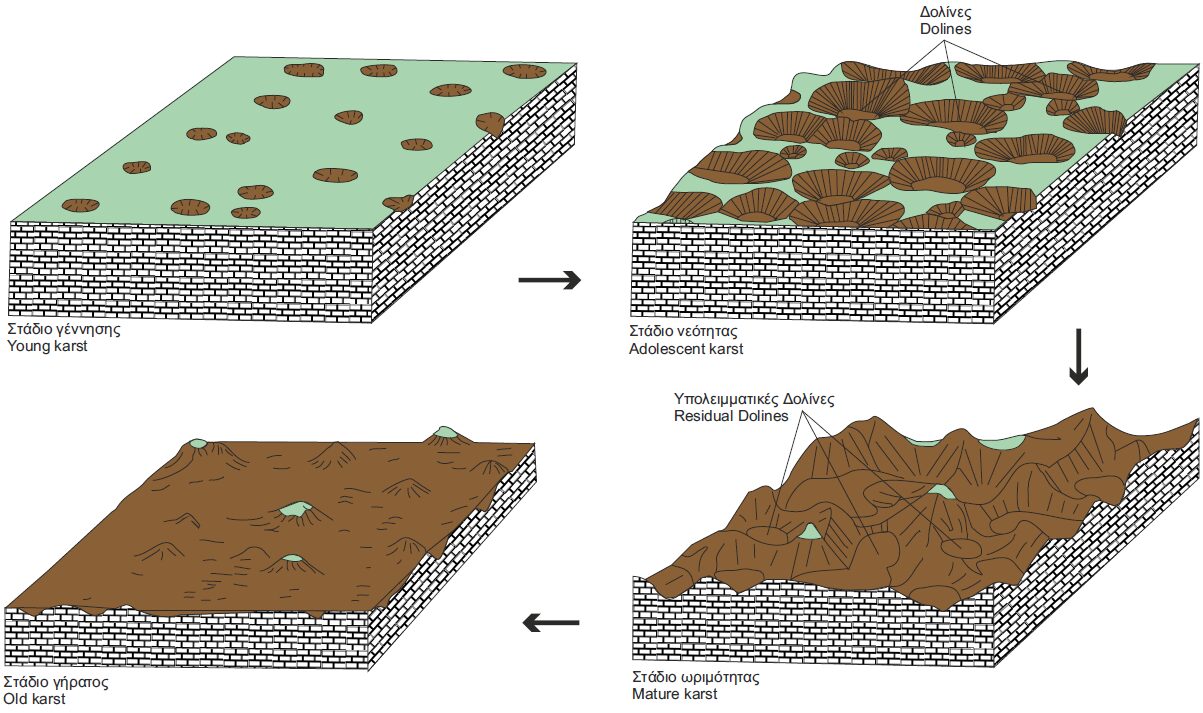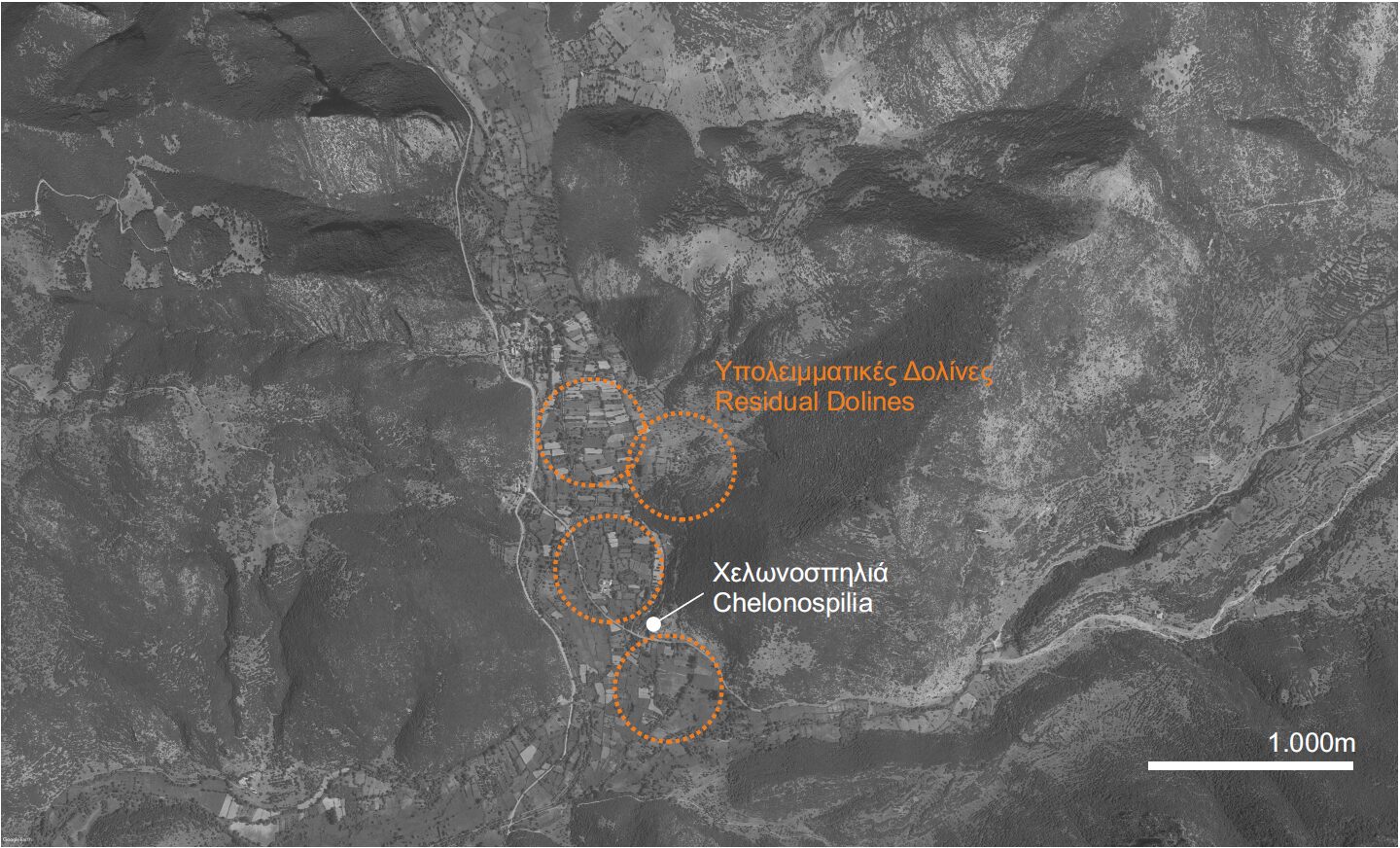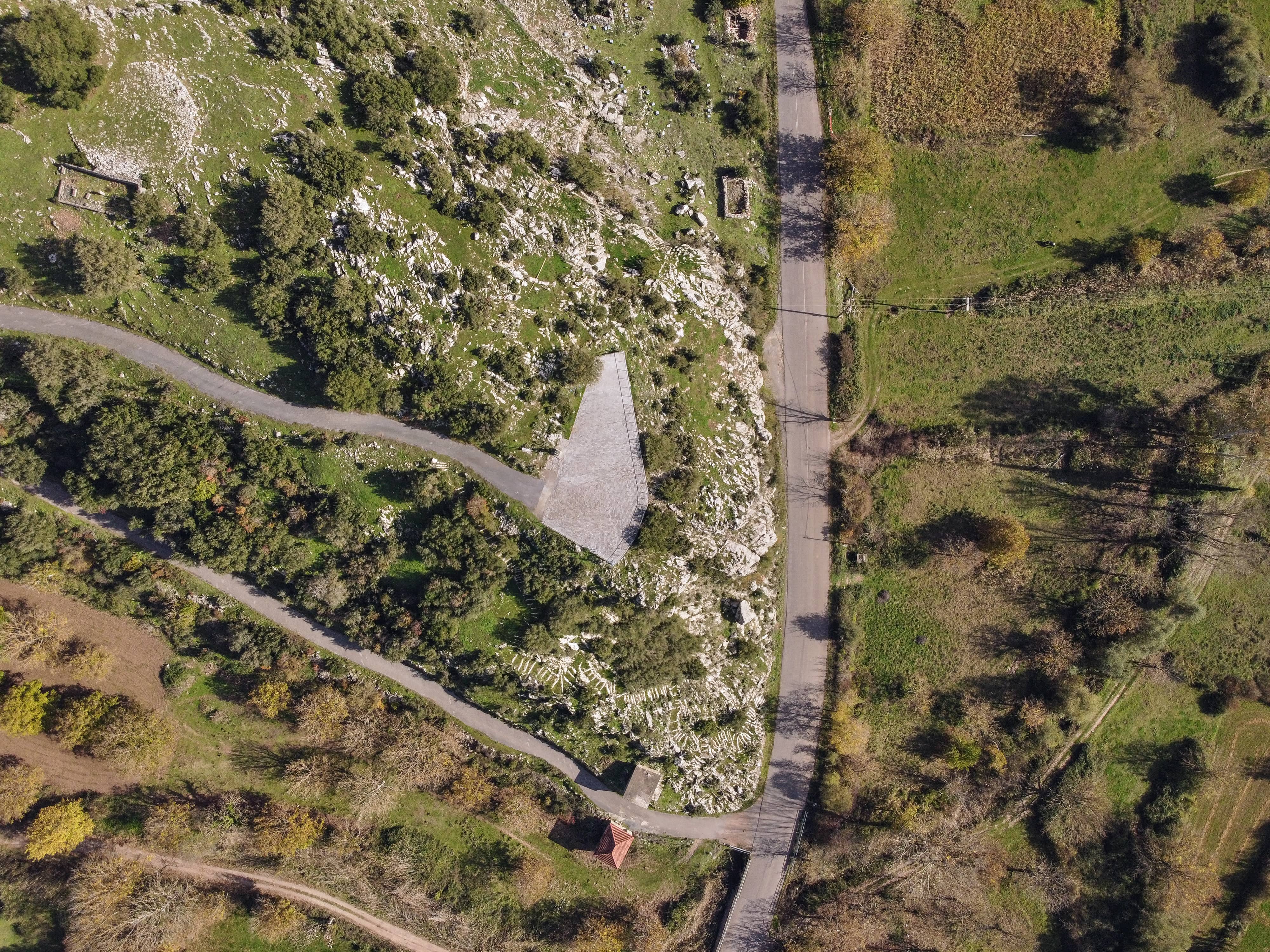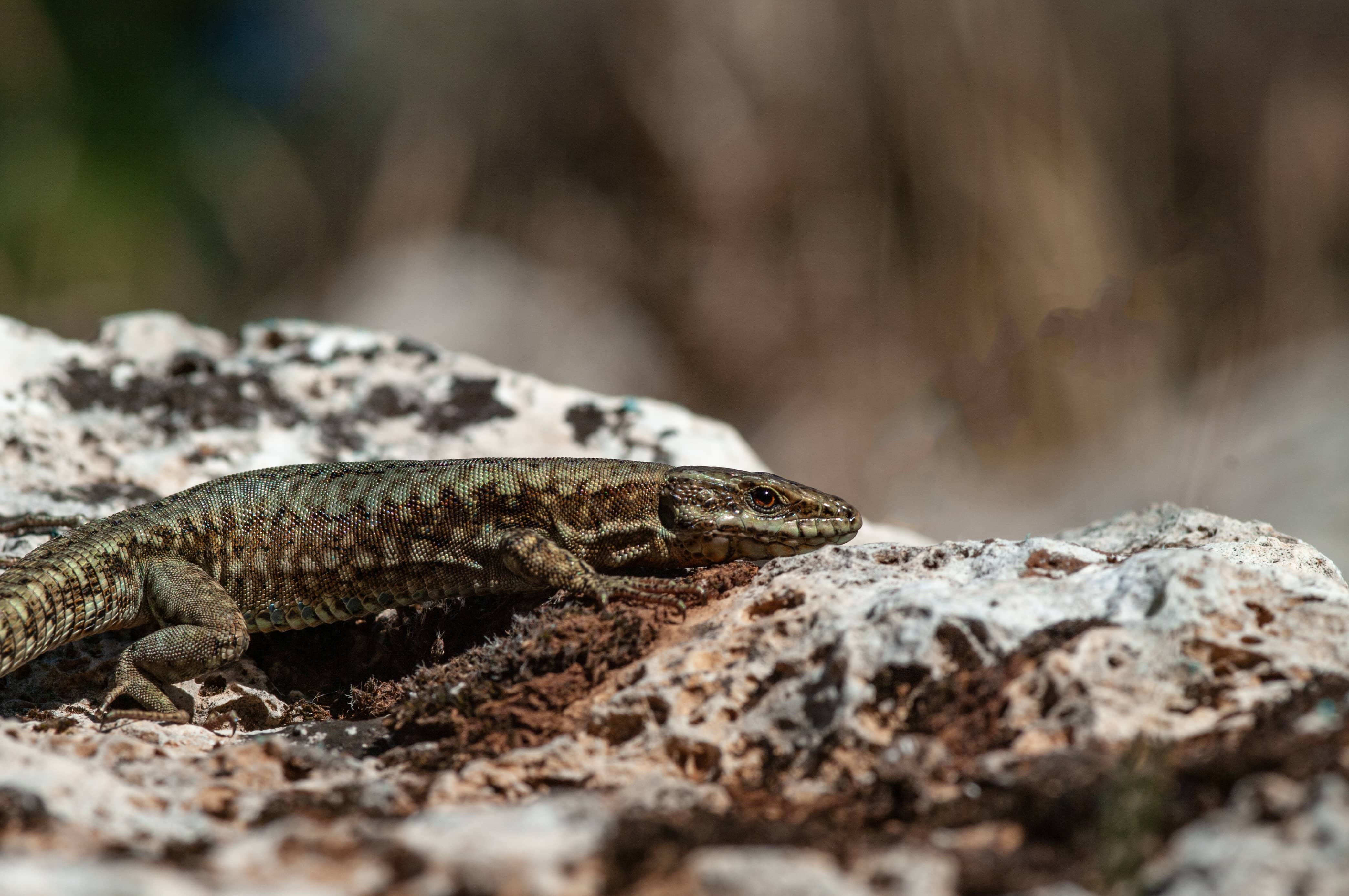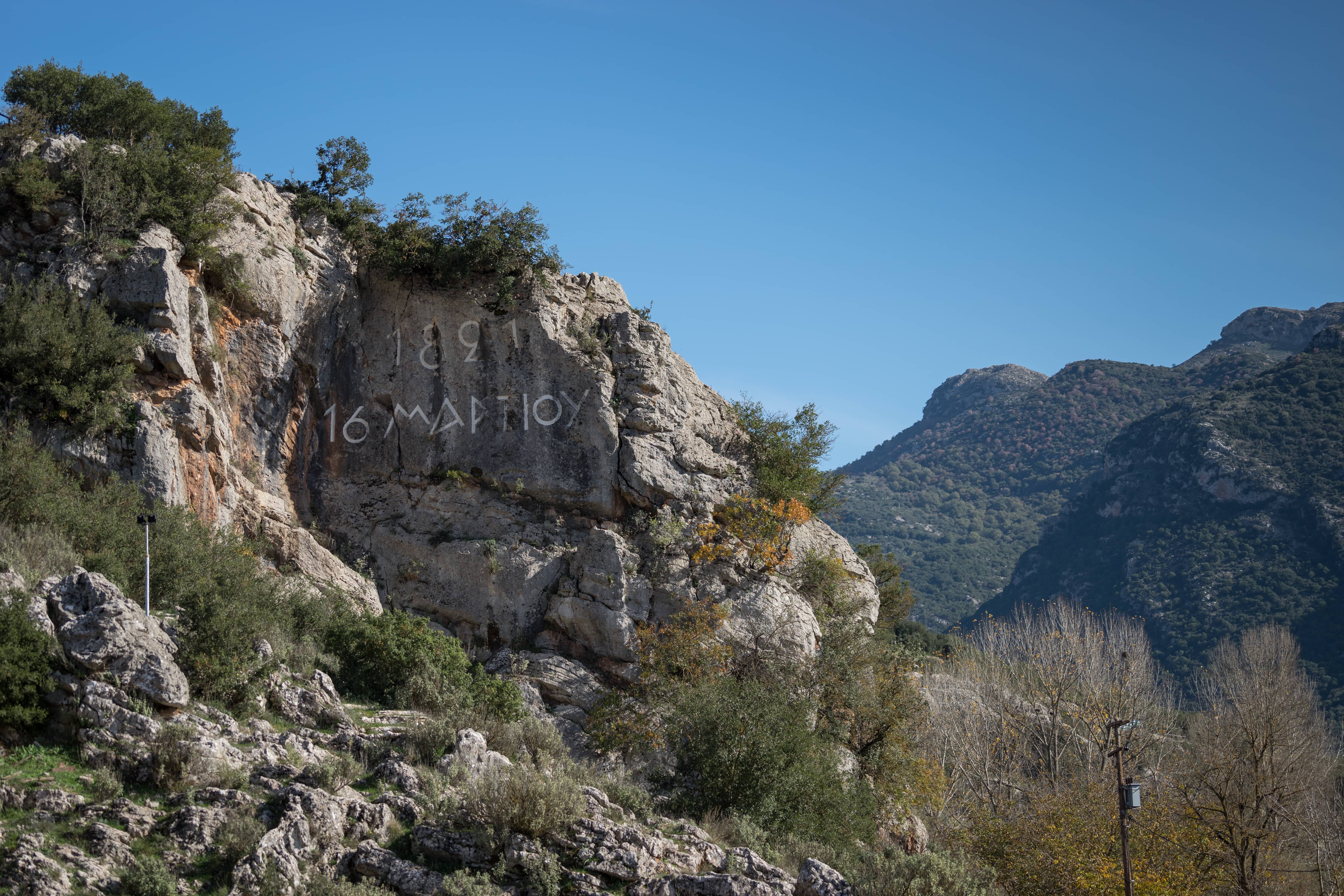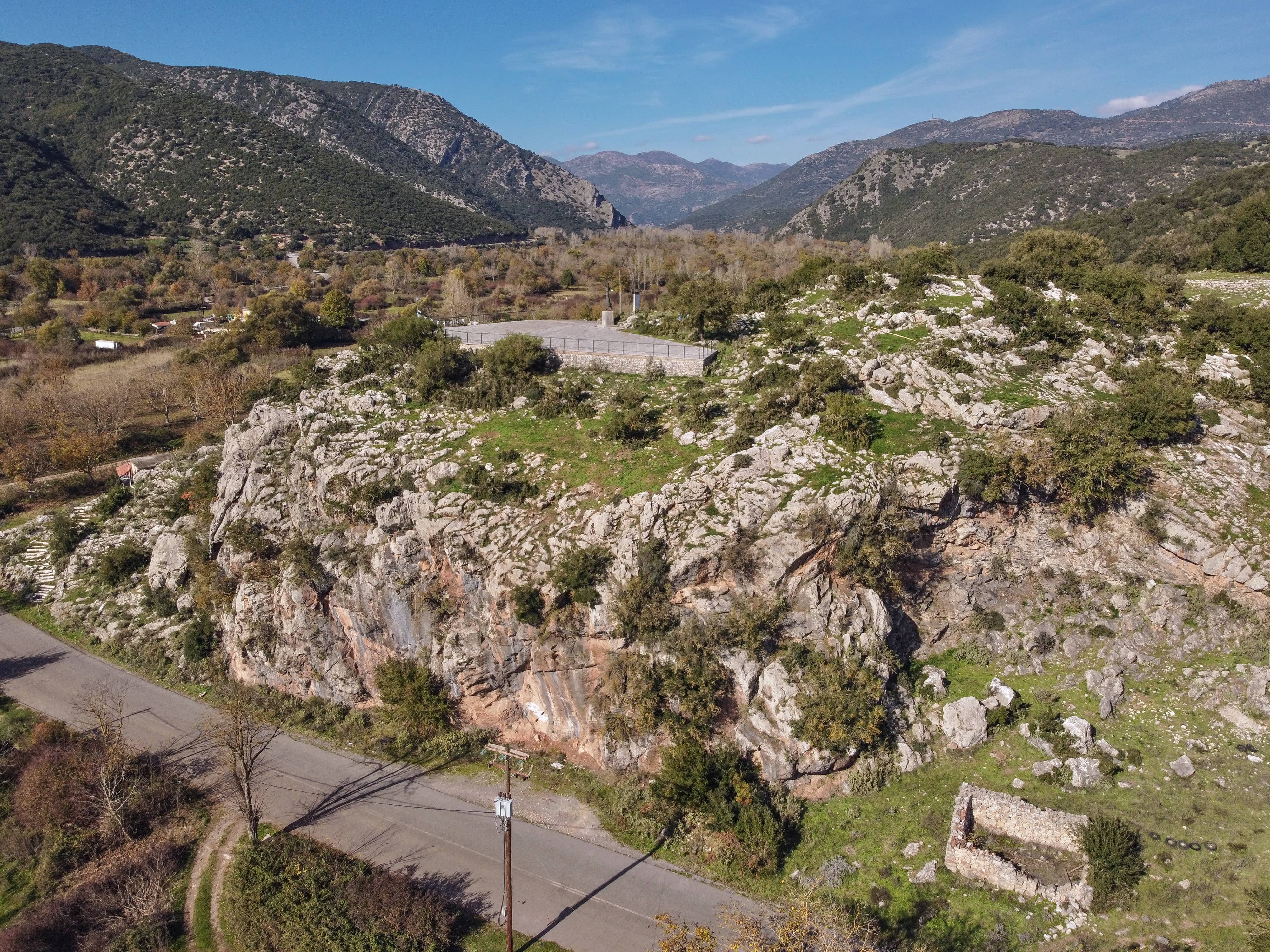A “MATURE” VALLEY
Chelonospilia is a well-known historical Geosite which is a closely related with the Greek revolution of 1821. According to tradition, the name Chelonospilia comes from the Greek words Spilia (which means cave and probably refers to the nearby settlement Spilia where the geotope is located) and Chelona (which means turtle/tortoise, because it was believed that large tortoises were living there in the past). The geosite is noteworthy for its connection with the historical- events and more specifically with the first pre-revolutionary incident which took place on 16- 17 March of 1821, just a few days before the Greek revolution of 1821). It is generally reported that this was the kick-off of the Revolution of 1821. On the top of the limestone hill where the battle is believed to have taken place, a Statue of Liberty was constructed.
GEODIVERSITY
Chelonospilia is located on the southernmost slopes of Chelmos mountain. It is composed by compact limestones. The wider area is covered by limestones of Upper Cretaceous age (100.5- 66 million years). They are severely faulted (broken). Limestone is a sedimentary rock created by the precipitation of calcium carbonate. As the geological time passes limestones are increasingly dissolved by water flowing over and through them (karstification). As a result, different karst landforms are formed depending on the intensity of the phenomenon. The wider area around Chelonospilia presents a fairly high degree of karstification. A small cave at the base of the limestone hill as well as a small spring nearby witness the ongoing karstification process in the area. On a larger scale the area is in a mature to old stage of karstification as residual dolines (circular or elliptical shaped depressions) can be distinguished. In the flat area that has resulted from the merging of the former dolines, Aroanios river flows today. The valley of Aroanios is intensively cultivated during the summer months, while it floods during the winter months.
BIODIVERSITY
The fauna of the area includes important amphibians and reptiles that are protected by Greek and/or international legislation. Among them are the Greek algyroides Algyroides moreoticus, the Common toad Bufo bufo, the Greek rock lizard Hellenolacerta graeca, the Balkan Green Lizard Lacerta trilineata, the Peloponnesian wall lizard Podacris peloponnesiaca, the Balkan wall lizard Podacris tauricus, the Leopard Snake Zamenis situla etc. The Geosite is near the Special Protection Area (SPA) for avifauna “OROS CHELMOS (AROANIA)-FARANGI VOURAIKOU KAI PERIOCHI KALAVRYTON” (GR2320013).

